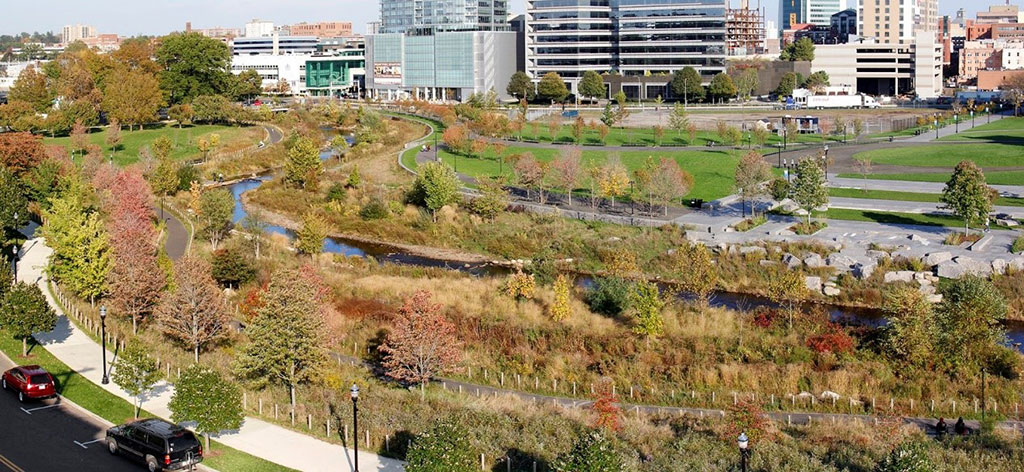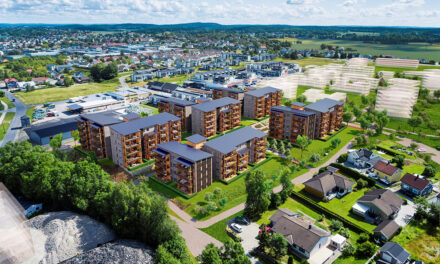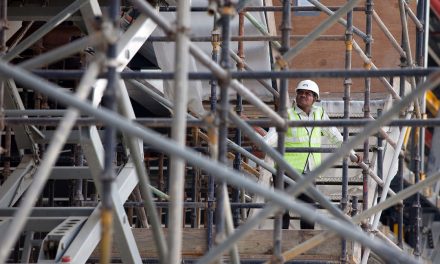As world leaders met in Madrid, Spain, to address the global climate crisis, the American Society of Landscape Architects touted the myriad ways the Society and the profession help communities plan for, and protect against, the new realities of a changing climate.
“Fostering nature-based, sustainable, climate-friendly solutions to design and planning challenges has been the focus of our members since ASLA was founded in 1899 – and a focus of landscape architects even before then,” said Roxanne Blackwell, Esq., Hon. ASLA, Acting Executive Vice President/CEO at ASLA.
Over the two-week span of the COP 25, ASLA released a series of short videos, answering student member concerns surrounding landscape architecture and climate change:
- What can ASLA and landscape architects do to address climate change through the lens of environmental equity?
- How do landscape architects get a seat at the table for defining climate change legislation?
- How can landscape architects and ASLA better promote projects that address climate change?
ASLA launched a Climate Action page to aggregate various ASLA resources for sustainability and resilient design. Among some of the resources is the ASLA Smart Policies for a Changing Climate report, which outlines policy recommendations for moving forward in the era of climate change.
And over the course of the two-week COP 25, ASLA gathered over 2,000 signatures on a letter to the United Nations Executive Secretary, urging the COP 25 participants to accelerate efforts to bring nature-based solutions to bear against the threat of climate change.
“We set the 1,899 goal as a callback to our founding in 1899 and the profession’s long-standing commitment to environmental stewardship. We actually surpassed that goal,” said Blackwell.
Landscape architects are some of the best-equipped professionals to address climate challenges – and help slow, or in some ways reverse, rising temperatures and greenhouse gas emissions. They plan and design low-carbon pedestrian and bicycle-friendly communities. They design green roofs, green complete streets, and other forms of green infrastructure that both sequester greenhouse gases and manage water. They help communities understand and respond to the diverse threats posed by coastal and inland flooding, extreme heat, and wildfires – all made worse and more frequent by climate shifts.
Examples of how landscape architects are helping communities around the world mitigate and adapt to climate change can be found at the Smart Policies for a Changing Climate Exhibition – in person at ASLA’s Center for Landscape Architecture in Washington, D.C., or at the virtual exhibition at climate.asla.org.





